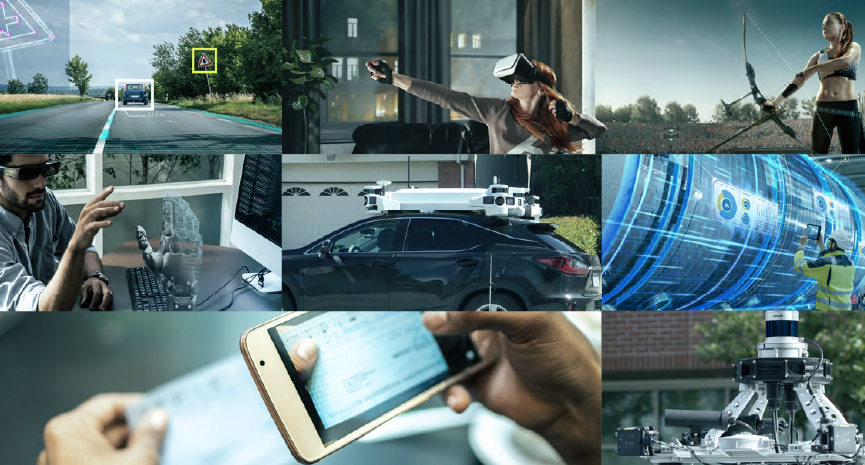Approaches, Applications, and Best Practices using the Appen Data Annotation Platform
Human vision systems have the advantage of learning from a lifetime of experiences how to contextualize the things we see. Machine learning models, on the other hand, usually need a substantial number of real-world scenarios to learn from to be able to product reliable computer vision (CV) outputs. These examples may come in many forms:
- 2D images and video (taken from an SLR or infrared camera)
- 3-D images and video (taken from a camera or scanner)
- Sensor data (taken from RADAR or LiDAR technology).
- Sometimes a mix of the above
High-quality data is foundational to effective CV systems. Today, with the right training data, a Computer Vision system can recognize objects in images and video, including their shapes, textures, colors, sizes, locations, movements, and other relevant characteristics.
This Computer Vision eBook is focused on a data-centric approach to model development, which consists of systematically changing and enhancing datasets to improve output accuracy, as opposed to adjusting the models.
The Data-Centric Computer Vision eBook Will Cover:
- Approaches and applications for different computer vision use cases
- Techniques and best practices for launching successful CV-based models
- Visual examples using our platform and output code












